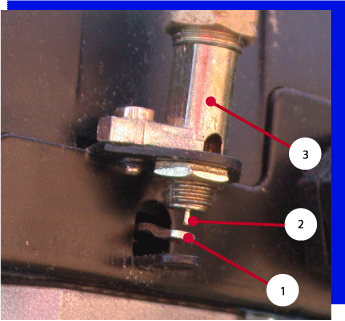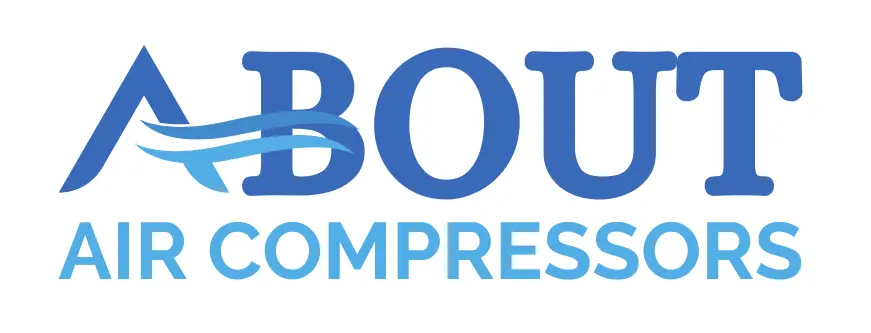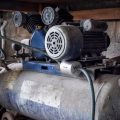Hey! This site is reader-supported and we earn commissions if you purchase products from retailers after clicking on a link from our site.
I have a DEVILBISS upright 5.5 hp. Model No. FB5520VP. When shutting off at cut-out pressure, or when manually turned off, air continues to escape at the right angle connection of the pressure relief tube and the pressure switch assembly. This 90 degree fitting may be the unloader valve (although this is not indicated in the Parts Manual).
Should / Can this valve be replaced separately, or does one have to replace the entire pressure switch assembly? This question comes in from Reggie Griffith of Jonestown, Texas.

G’day Reggie.
I believe that you’ve got a check valve issue and not a valve at the pressure switch issues. That valve you speak of is, I believe, the unloader valve. I’ve uploaded an image of one above, and hope this is what you are talking about.
The troubleshooting pages lay out steps to deal with this problem, yet simply, dump all the air with the compressor off, remove, and check the tank check valve.
Let us know if this helped or is the problem resolved?
Another Pressure switch leak
Inside the electric black box on compressor is a leak of air, there is a little 1/4 inch air hose that comes off the tank and I think it shuts the compressor off when it reaches max presser. There is a small needle on the end of it that makes contact with a part in the box, but when it reaches max and shuts off it leaks and keeps on leaking till all the air is gone? ( just started to do this has been working fine for a year or so) Is there a way to fix this or is it a bad switch? Is there a diagram to this to show how it is supposed to work?
thank you Mark Meyering, of Hastings Michigan.
Mark, what you are describing is a common occurrence in many compressors.
That little valve you are referring to, the one beside and operated by the pressure switch toggle, is the unloader valve.
When your air system reaches cut out pressure, the pressure switch reacts, opens the circuit to cut power to the motor, and at the same time, the lever on the side of the switch toggles the unloader valve.
This opens the air line from the top of the piston to atmosphere, and allowing all the air trapped in the line and over the piston to bleed off.
Once this air is gone, the unloader valve, though still open, bleeds off no more air. Except yours still bleeds air.
When the pressure in the system reaches cut in, the pressure switch trips again, and this releases the pin on the unloader valve allowing it to shut, and for the air that is now being compressed, to flow down the line, and into the tank, past a check valve that is located at the tank.
If, however, your check valve hasn’t seated properly, or there is debris in it, or it has failed, it doesn’t close when the air flowing into the tanks tops because the compressor motor stops, and air flows back out of the tank.
Where does it go? Right out the unloader valve. This bleed will continue until the pressure turns on again, the unloader valve will close, and air pressure in the tank will increase to cut out pressure.
At cut out pressure the unloader valve opens to bleed air over the piston, but now it’s also bleeding all the air back out of your tank, as the check valve, that is supposed to keep the air in your tank, isn’t.
See Check Valves and Unloader Valves linked from the site map or the Valves page.
Shut off the compressor, dump all the air, and pull the check valve assembly for inspection and cleaning, or replacement. This should solve your problem.
And again, Unloader valve continues to vent air.
by Terry
(Oakdale)
The unloader valve continues to vent air. It used to work perfectly, but now there seems to be a problem with some sort of internal “butterfly” valve inside the compressor tank that continues to allow air to bleed back from the tank through the supply line and then out through the unloader valve, from Terry of Oakdale.
Terry, I don’t know about any butterfly valve, but I do know that you need a working check valve.
See the CHECK VALVE page for details on cleaning or replacing yours, as I suspect that’s the issue with your compressor.




